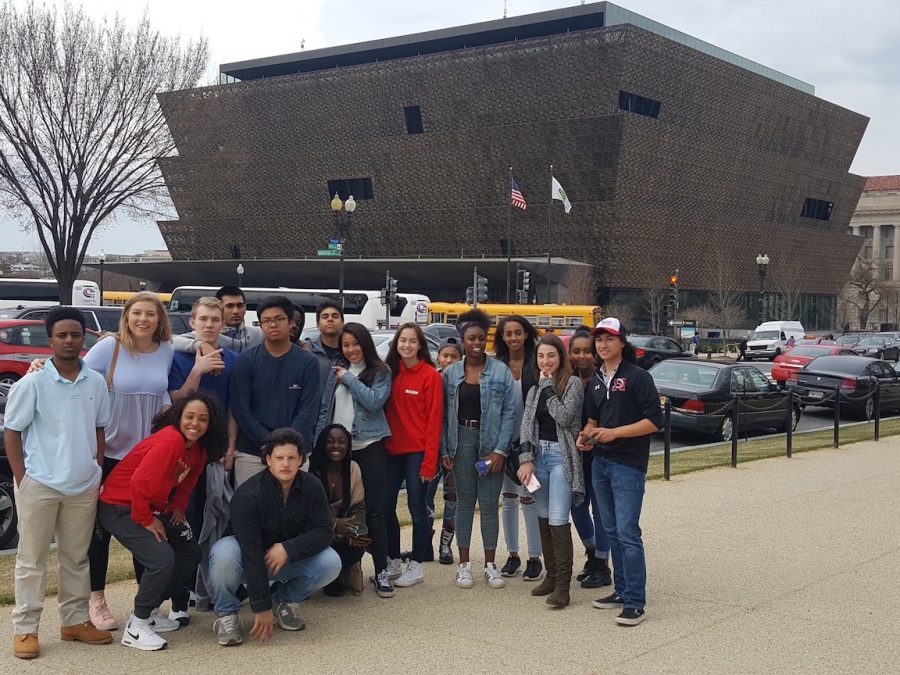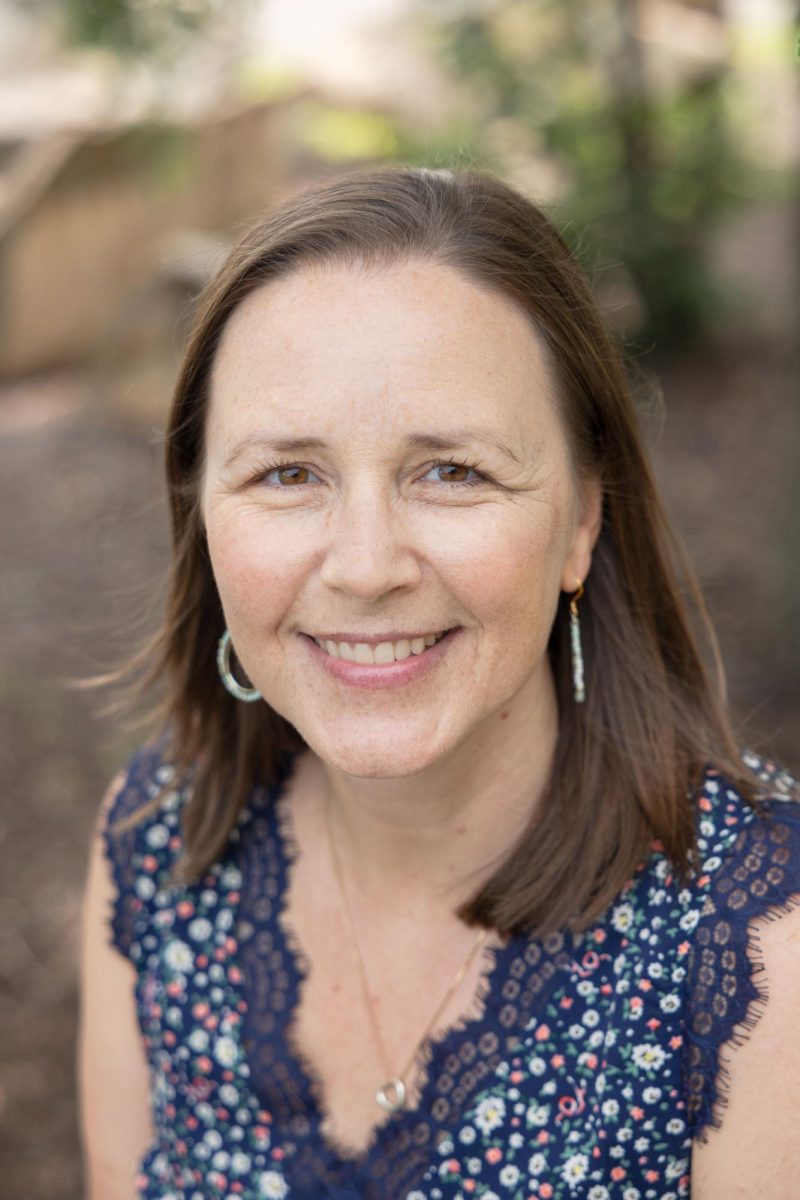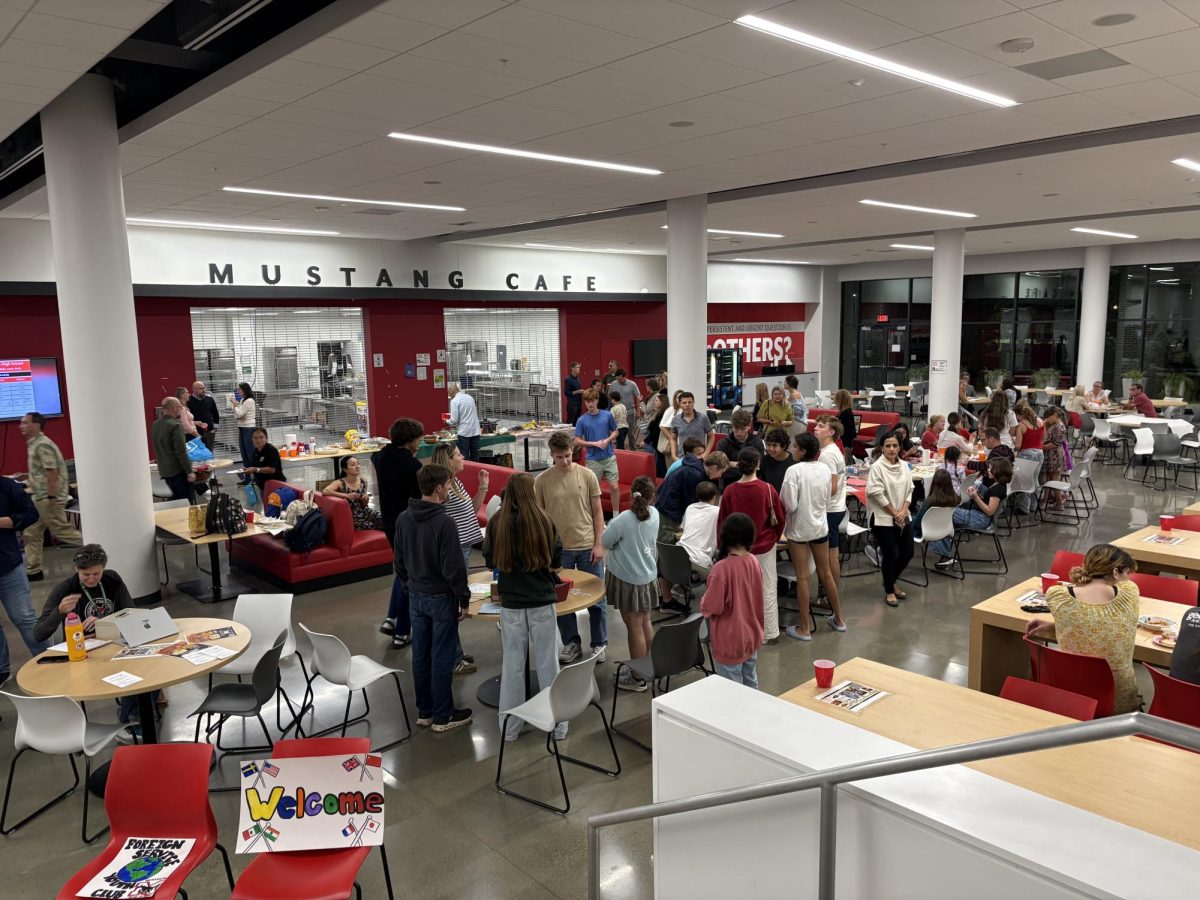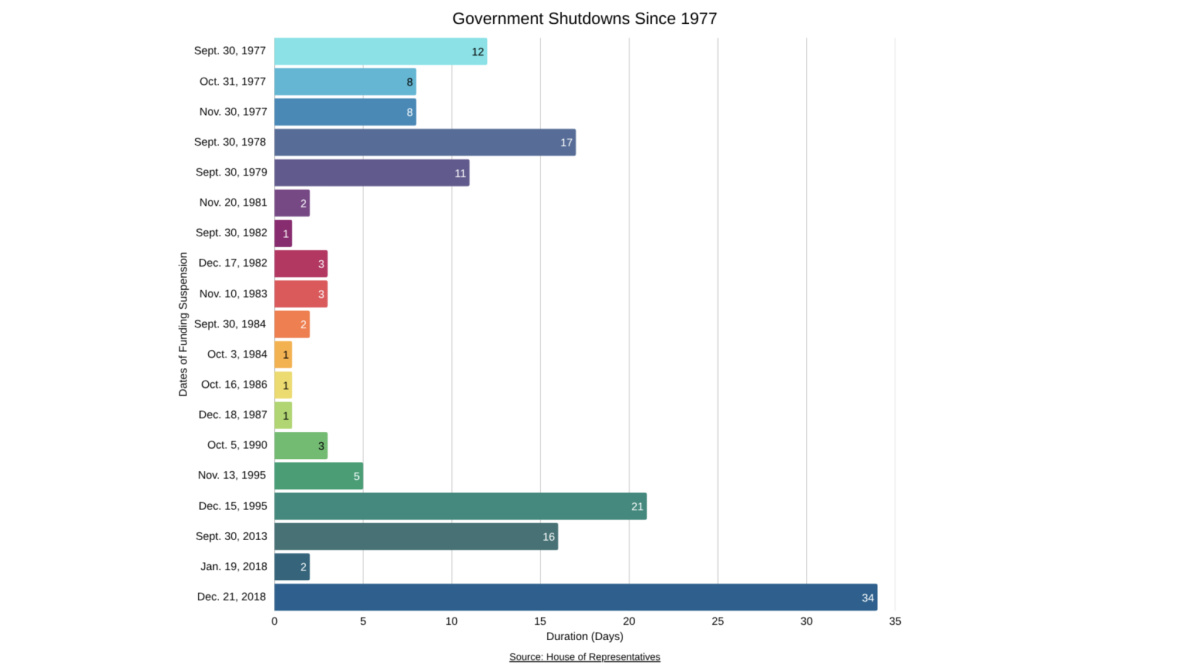An appropriate way to end Black History Month, students in the Black Student Union (BSU) were given the opportunity to visit the National Museum of African American History and Culture on Tuesday, February 28. The BSU was started up this year by President and founder Adwoa Ankuma and Vice-President Annabelle Yimaj Kalifa, both juniors, and this field trip was the first activity the club has organized aside from its meetings within the school.
“The reason we decided to go to the museum was essential for Mason’s BSU because there was so much history and culture in the museum that wasn’t as evident before it [was] built, and I wanted to expose our kids to this,” Ankuma said.
The trip was also intended to supplement the African American history lessons that students have in their junior year US history classes.
“I enjoyed many aspects of the museum, but the first level which displayed African American history during the enslavement period was the most interesting to me because I knew many of the facts through my History of the Americas course taught by Ms. Chincheck,” Ankuma said.
The museum consists of lower three levels dedicated to Black history in the Americas starting with the origins of slavery, and continuing through the Civil Rights Movement and its aftermath. There are then two upper levels dedicated to African American culture, with exhibits about music, television, sports, and so on.
“It was really fun. [The trip] was a bit unorganized, but overall it was a great experience. My favorite part was when we found that recording room and were able to record our experience,” senior Hermela Hailemariam said.
“I also liked the part where we could reflect in the recording booth,” senior Reed Kellet said.
Since its opening in September 2016, the National African American Museum of History and Culture has established itself as a “public institution open to all, where anyone is welcome to participate, collaborate, and learn more about African American history and culture.”
The different exhibits give you a raw, realistic, and interactive insight into the experience of African Americans in the United States, commemorating the hardships in Black history while also celebrating the milestones and accomplishments of Black people.
For those who are interested in visiting the museum, tickets are completely free but very high in demand, so it’s likely that you’ll have to reserve them for a couple of weeks in advance. But considering the depth and richness and all around experience offered in each of the exhibits, it’s safe to say the wait is worth it.










